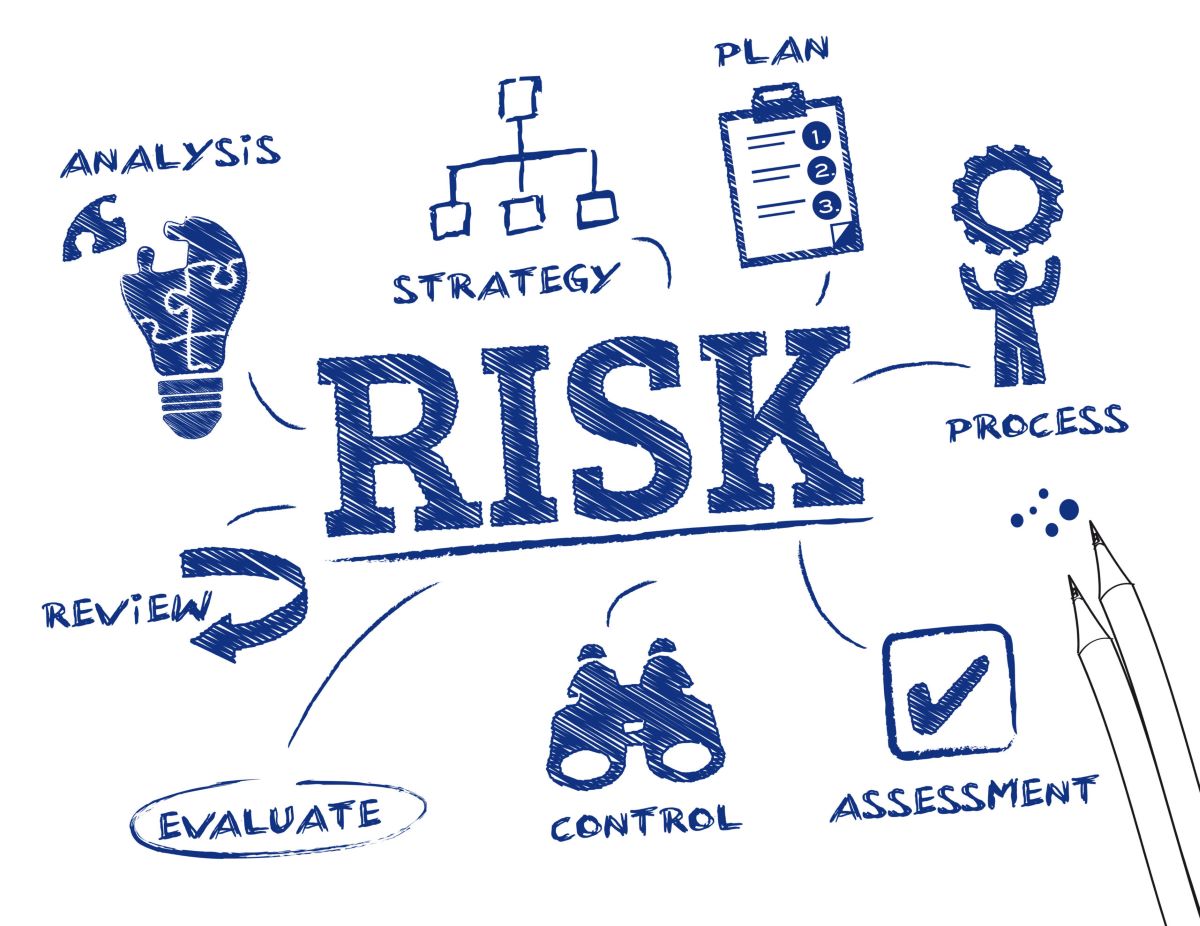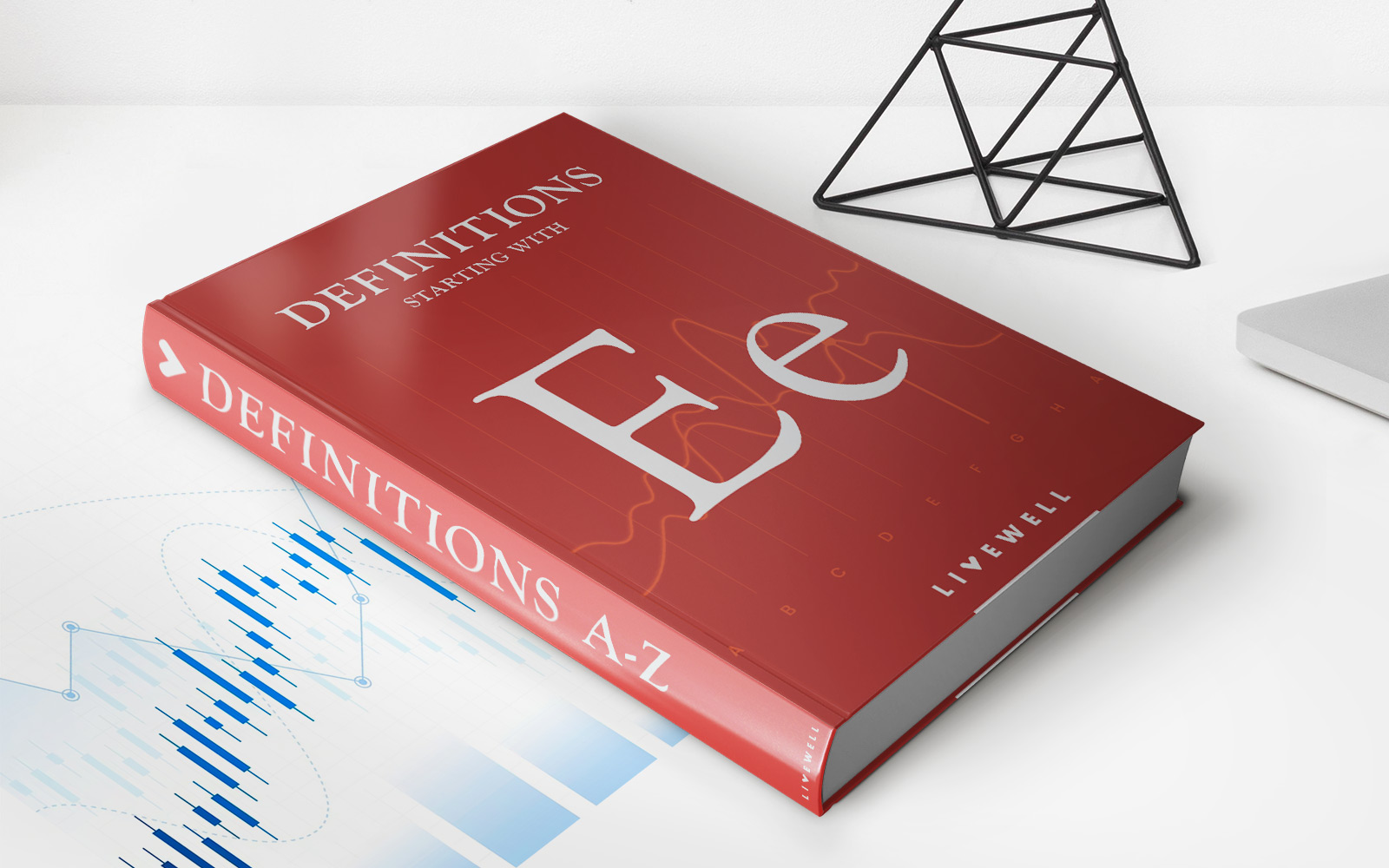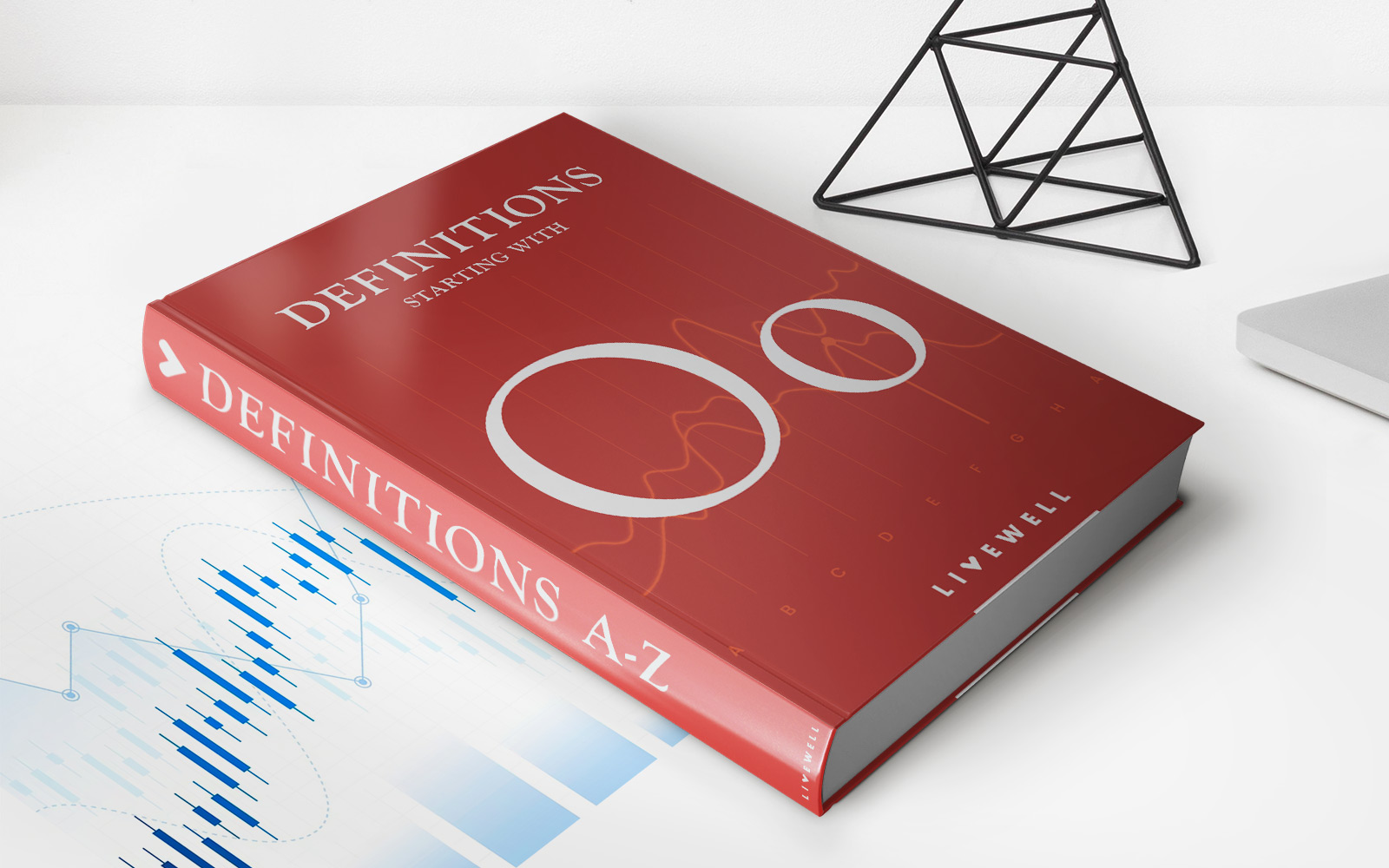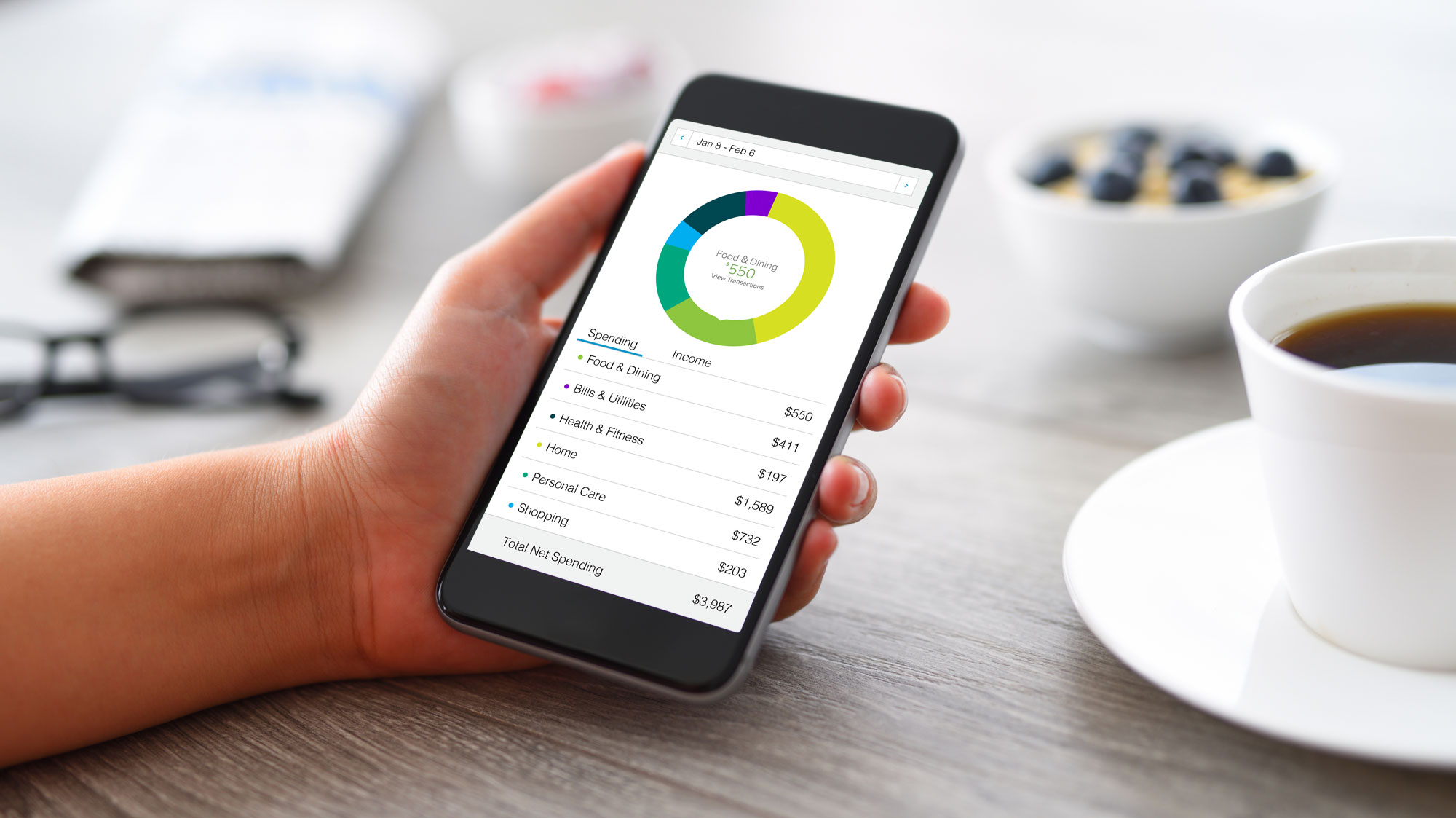Home>Finance>What Is Momentum? Definition In Trading, Tools, And Risks


Finance
What Is Momentum? Definition In Trading, Tools, And Risks
Published: December 26, 2023
Learn about momentum in finance and its definition in trading, tools, and risks. Enhance your understanding of finance with this comprehensive guide.
(Many of the links in this article redirect to a specific reviewed product. Your purchase of these products through affiliate links helps to generate commission for LiveWell, at no extra cost. Learn more)
Unlocking the Power of Momentum in Trading: A Comprehensive Guide
Welcome to the fascinating world of finance, where strategies and techniques can make or break your success. In the realm of trading, one approach that has captured the attention of traders worldwide is momentum trading. But what exactly is momentum, and how can it be harnessed for financial gain? In this article, we will delve into the definition of momentum, explore the tools available to traders, and highlight the potential risks involved.
Key Takeaways:
- Momentum is a trading strategy that aims to capitalize on the continuation of price trends.
- Technical analysis tools, such as moving averages and oscillators, can assist in identifying and confirming momentum.
Understanding Momentum
Momentum, in the context of trading, refers to the strength and persistence of price movement in a particular direction. It is based on the belief that trends are likely to continue, rather than reverse, in the near future. Traders who follow the momentum strategy seek to ride the wave of these price trends, aiming to enter positions when a strong momentum is present and exit before it fades.
This strategy is grounded in the principle that market forces, such as supply and demand dynamics or market sentiment, can create self-reinforcing trends. These trends can persist for extended periods, providing opportunities for traders to profit from the continuation of price movements.
Momentum Trading Tools
While identifying momentum may seem like a daunting task, traders have an array of tools at their disposal to aid in the process. Here are a few commonly used tools:
- Moving averages: Moving averages are trend-following indicators that smooth out price data over a specified period. They help traders identify the direction and strength of momentum by comparing the current price to its historical average.
- Oscillators: Oscillators, such as the Relative Strength Index (RSI) and the Moving Average Convergence Divergence (MACD), are momentum indicators that oscillate between predetermined levels. They provide insights into overbought and oversold conditions, enabling traders to determine potential trend reversals.
- Volume analysis: Tracking trading volume can offer valuable insights as momentum tends to be accompanied by increased buying or selling activity. Sudden spikes or divergences in trading volume can indicate a strong movement or potential trend reversal.
Potential Risks
As with any trading strategy, momentum trading comes with inherent risks. While the strategy aims to profit from the continuation of trends, there is always the possibility of a trend reversal or sudden market downturn. It is crucial to employ proper risk management techniques and set stop-loss orders to protect against substantial losses.
Additionally, relying solely on momentum indicators without considering other fundamental or macroeconomic factors can lead to an incomplete understanding of the market. Traders should aim to develop a holistic approach that combines technical analysis with a sound knowledge of the underlying assets and market conditions.
In Conclusion
Momentum trading can be a powerful strategy in the world of trading, allowing traders to ride the waves of price trends for potential financial gain. By understanding the definition of momentum, utilizing the appropriate tools, and considering the associated risks, traders can harness the power of momentum to enhance their trading strategies. Remember to conduct thorough research, practice risk management, and continuously adapt your approach as market conditions evolve. Happy trading!














